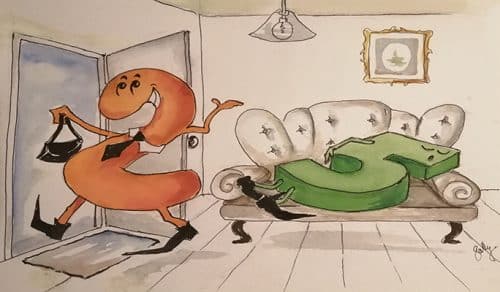Weizmann Institute of Science scientists present a mathematical model for the "day after": how to restart the economy after the crisis. A senior engineer at Applied Materials is also involved in the research

The fight against Corona is similar to the fight against excess weight. A harsh and extreme diet will bring results, but will cause health damage, and the weight reduction achieved will not be maintained for a long time. Similarly, a complete shutdown of three weeks will significantly reduce the number of patients - but will "kill" the economy. The closure will make hundreds of millions of people, worldwide, unemployed. Many branches of the economy will collapse and at the end of the quarantine any remaining patient will cause renewed infection - and then another complete lockdown will be required. This is how the well-known "yo-yo" phenomenon will occur. Increases and decreases, and increases again in the number of patients. At the same time, there will be a total destruction of the world economy and hundreds of millions of people will be hungry. In the "bottom line", more people will die from hunger than from corona.
Prof. Uri Alon from the Weizmann Institute of Science, and his research partners, research students Yael Korem-Kohanim and Omar Karin and senior engineer Boaz Dudovitz, from the company "Applied Materials", propose - on the basis of an epidemiological-mathematical model he developedAnd - to choose a way that will allow an effective fight against Corona, while at the same time maintaining a measured operation of the economy. According to the model developed by the scientists, this middle way is based on an alternating closure: five days of closure and two days of normal work. The mathematical model shows that in this way the average infection rate of a corona patient decreased from 2.5 infections per patient, to at least one infection per patient. Prof. Alon cautiously estimates that after a few such cycles we will be able to get rid of the corona, or greatly reduce its spread - until a vaccine and treatment against the virus is developed.
The intermittent lockdown method is slower than a total lockdown, but it allows millions of people to work two days a week, it is sufficient for the basic needs and will allow the branches of the economy, transportation, industry and more to be sustained. People will work 40% part time instead of becoming unemployed - and life will go on, until a more comprehensive solution is found. Fixed working days will allow employees and employers to plan their moves in advance. Prof. Alon mentions that there are currently economic approaches that advocate a shortened work week even in routine, claiming that reduced working hours may encourage high work productivity. "Our main message in this research is to change the binary discourse and offer a horizon and a blueprint for economic recovery while controlling the virus."
More of the topic in Hayadan:
